There are so many advertising platform options for eCommerce businesses. It can be hard work to choose which one is right for your business. Today, we’re comparing Pinterest vs. Google ads, to help you get a better picture of what you can expect on each platform. Each offers unique opportunities and advantages for businesses seeking to expand their digital reach. Let’s explore the Pinterest vs. Google Ads debate and find out which platform suits your marketing goals best.
Starting by explaining the unique characteristics of each platform. So, Pinterest is all about captivating users through visuals. It’s fantastic at drawing people in when they’re exploring and looking for inspiration. With its emphasis on beauty, creativity, and lifestyle, Pinterest is the go-to place for people seeking ideas, whether it’s about decorating their homes or picking out the latest fashion trends.
Now, let’s switch gears to Google Ads. Google primarily works based on what people are searching for. When someone has a specific question or needs something, they turn to Google. It’s excellent at giving them exactly what they’re looking for, whether it’s a product, a service, or information. Google is the spot for fulfilling existing demands.
Bidding Differences
When it comes to how you’re charged for advertising on Pinterest, they use a method called Cost Per Click or CPC. This means your expenses are tied to actual clicks on your ads, similar to Google’s Pay Per Click (PPC) model. However, it’s essential to understand that the nature of these clicks can vary significantly between the two platforms.
On Pinterest, you’re billed each time a user interacts with your ad by clicking on it. This interaction could lead to various actions, such as exploring your website, saving a Pin, or even making a purchase. In essence, Pinterest’s CPC model aligns with user engagement, making it a valuable choice for businesses aiming to generate interest and spark creative ideas among their audience.
On the other hand, Google’s PPC model focuses more on immediate user intent. Users often turn to Google with specific queries in mind, seeking instant answers or solutions. Clicking on a Google ad typically signifies a direct interest in a product, service, or information related to their search query.
So, while both Pinterest and Google Ads employ a pay-per-click approach, understanding the distinctive user behaviors on these platforms is key to optimizing your advertising strategy.
Where Your Ads Appear: Pinterest vs. Google Ads
Next, the ad placements.
When it comes to advertising on Pinterest, you can choose from three primary placement options:
Browse: Your ads seamlessly integrate into users’ home feeds and related Pins as they browse Pinterest, offering a natural way to capture attention.
Search: Opt for this option to have your ads displayed in search results and related Pins, effectively connecting with users actively seeking information or products on the platform.
All: For maximum reach, select the “All” placements option, allowing your ads to appear both in browse and search placements, ensuring you engage users across all aspects of Pinterest.

Regarding Google, Google Ads offer a wide range of ad placement options across various platforms:
Search Network: Your ads appear when users search for relevant keywords on Google, making it a prime spot for capturing intent-driven clicks.
Display Network: Extend your reach to a vast network of websites and apps, displaying your ads to a broader audience.
Google Shopping: Ideal for e-commerce, this option lets users see product details and prices directly in search results.
YouTube: Reach a massive audience through video ads on YouTube, targeting viewers based on their interests.
Google Maps: Promote your business location or services to users searching for nearby solutions.
Gmail: Show your ads in Gmail inboxes, reaching users while they check their emails.
Each platform offers unique opportunities for ad placement, and your choice depends on your advertising goals and target audience.
Strategic Considerations for Each Platform
Pinterest is particularly skilled at attracting users who are seeking inspiration and ideas. If your marketing strategy focuses on creating awareness and sparking interest among potential customers, Pinterest is an excellent choice for enhancing engagement.
Discover Trends before they’re Trending.
Get our best trends delivered to your inbox.
Google Ads, on the other hand, thrive on user intent. They shine when it comes to capturing individuals who are already in the process of considering or making decisions about a purchase. If your goal is to convert users who are further along in the buying journey, Google Ads is a powerful way for achieving mid to bottom-funnel conversions.
Campaign optimization: Pinterest vs. Google Ads
When it comes to allocating your advertising budget effectively, data is your best friend. Perform regular audits of your campaigns on platforms like Pinterest and Google Ads. Benchmark your performance against industry standards. These insights will illuminate your strengths and weaknesses, allowing you to enhance your campaigns for better returns on investment.
However, managing budgets across different advertising platforms can be a daunting task. To simplify the process, consider using a unified dashboard that allows you to track cost-related metrics in real time. Keep a close eye on ad spend, cost per click, and other essential metrics. This consolidated view will help you manage your budgets effectively and make necessary adjustments as needed.
Also, it’s essential to understand the long-term impact of your marketing efforts. Analyze the lifetime value (LTV) of customers acquired through various channels, whether it’s Pinterest, Google Ads, or others. Determine which platforms are more effective at acquiring and retaining valuable, loyal customers over time. This analysis will guide your strategic decisions and ensure the longevity and success of your campaigns.
⭐⭐⭐⭐⭐
100+ five-star reviews on Shopify App Store
The Best Use Cases for Pinterest vs. Google Ads
Pinterest Ads Success Story
Situation: Sarah owns a boutique fashion store that specializes in unique, bohemian clothes and accessories. She’s looking to increase brand awareness and inspire a new audience to check out her latest summer collection.
Action: Sarah decides to use Pinterest Ads, creating visually stunning pins featuring her summer collection. She uses Promoted Pins to showcase boho-chic dresses, stylish sandals, and handmade jewelry.
Result: Because Pinterest users are often in search of fashion inspiration, her pins resonate well, driving a 40% increase in website visits and a 25% uptick in new customer acquisitions.
Discover Trends before they’re Trending.
Get our best trends delivered to your inbox.
Google Ads Success Story
Situation: John runs a local coffee shop and has recently started selling artisanal coffee blends online. He wants to capture customers actively looking to purchase coffee or find a new cafe to visit.
Action: John opts for Google Ads, targeting keywords like “best artisanal coffee,” “local coffee shop near me,” and “organic coffee beans online.” He employs Search Ads and Google Shopping Ads to feature his blends.
Result: As people search for coffee-related terms, they find John’s ads at the top of their search results. This leads to a 30% rise in in-store visits and a 50% increase in online sales of his coffee blends.
Using Both Platforms Success Story
Situation: Emily has a business selling eco-friendly home decor. She wants to raise awareness about her new line of recycled wooden furniture and also capture any existing demand.
Action: Emily runs a dual campaign. She employs Pinterest to showcase visually rich pins depicting her furniture in well-decorated interiors to inspire her audience. On Google, she uses Search and Shopping Ads targeting keywords like “eco-friendly furniture” and “sustainable home decor.”
Result: Emily sees a balanced return from both platforms; Pinterest drives top-funnel awareness, while Google helps in capturing users who are ready to purchase, leading to a holistic marketing win.
Conclusion
Both Pinterest and Google Ads offer unique advantages that can complement different aspects of your marketing strategy. If you’re focused on visual appeal and top-funnel engagement, Pinterest is hard to beat. If capturing existing demand and driving quick conversions is your goal, Google might be the better fit.
⭐⭐⭐⭐⭐
100+ five-star reviews on Shopify App Store
FAQs
Q: What are the minimum budgets for Pinterest and Google Ads?
Pinterest typically recommends starting with at least $50/day, while Google is flexible, often suggesting a daily budget of $10 to $50 based on competition and industry.
Q: How do I track ROI on Pinterest and Google?
Use Pinterest Tag for Pinterest and Google Ads conversion tracking for Google. Lebesgue: AI CMO can also help you audit and measure your ROI effectively.
Q: Can I run ads on both platforms simultaneously?
Absolutely, and doing so can help you capitalize on the unique strengths of each platform.
Be the first to receive the latest Pinterest and Google ads benchmarks, insights, and tips right in your inbox.
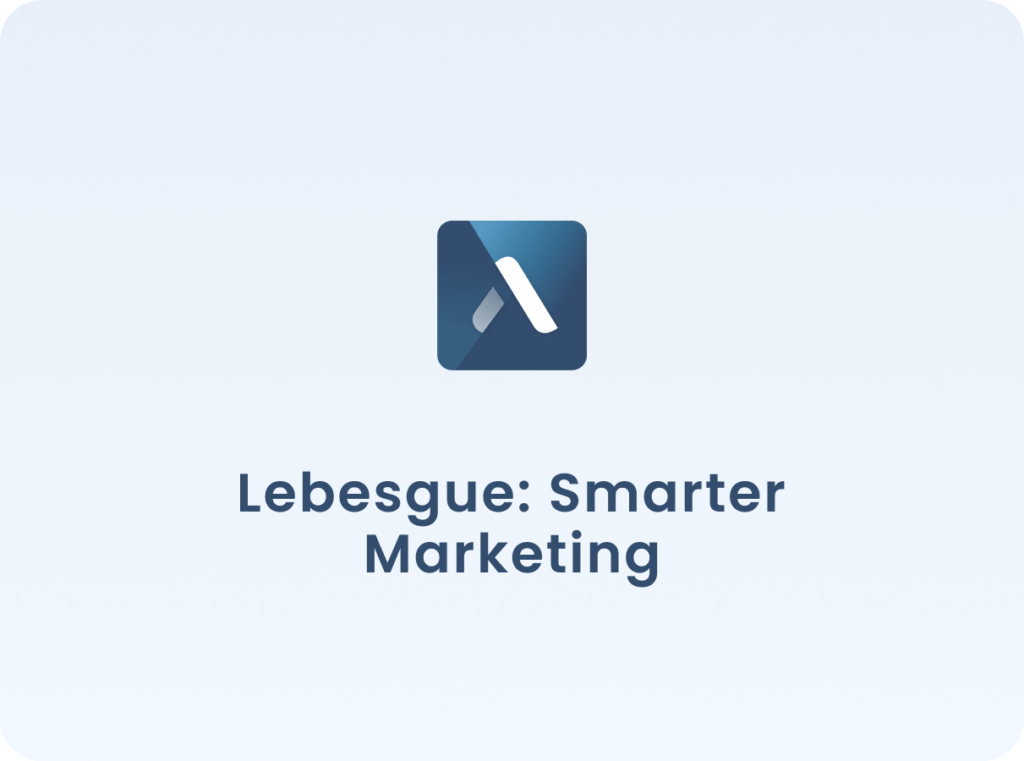
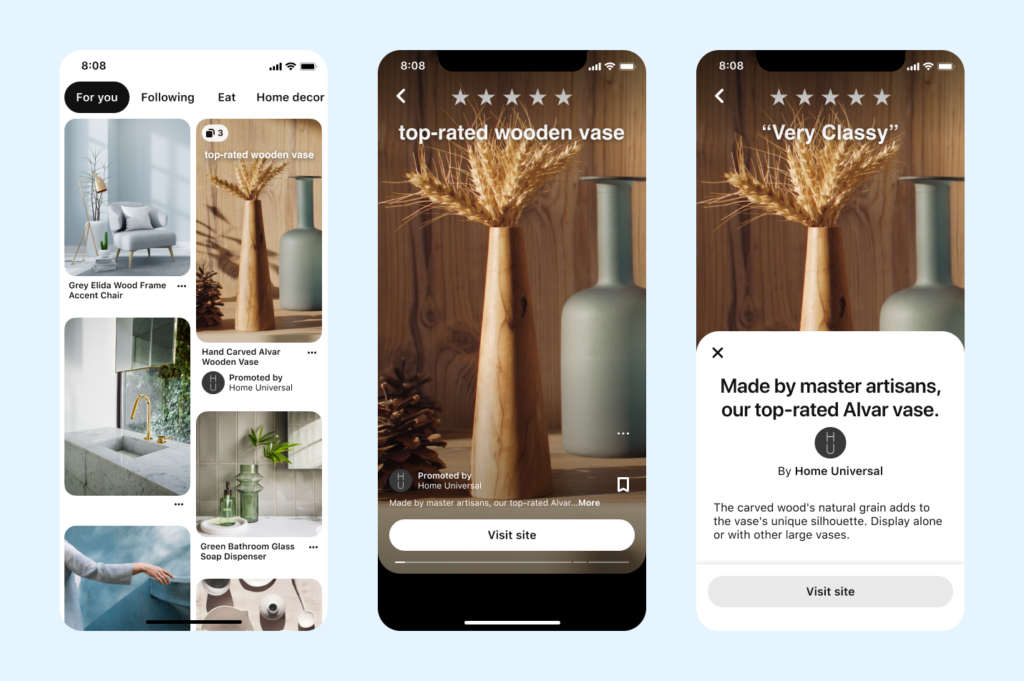
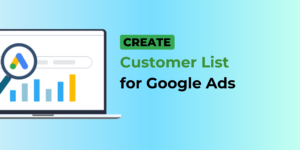
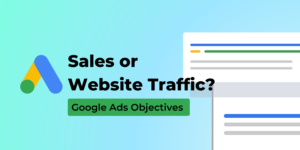
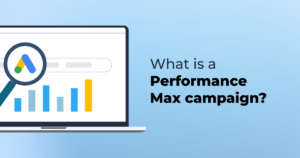
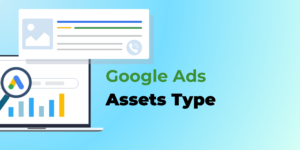
No comment yet, add your voice below!